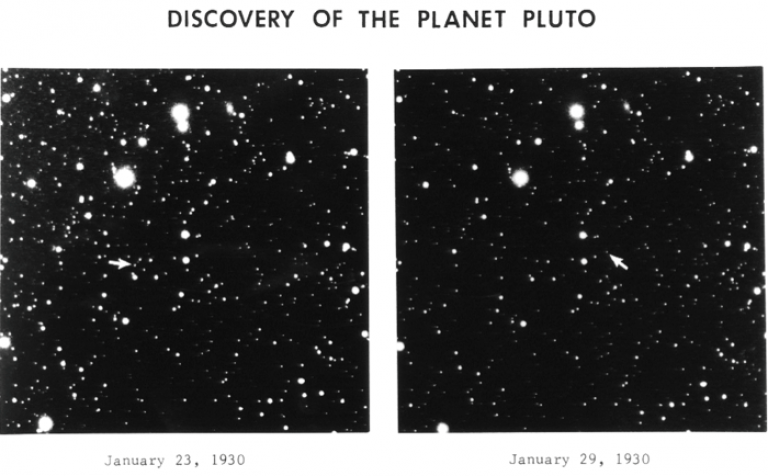Pluto and Charon - A Planetary Waltz, in celebration of NASA's New Horizon Mission
15 July 2015
On July 14, 2015, NASA's New Horizons spacecraft made its closest approach to the dwarf planet Pluto, the outermost body in the Solar we have visited.

On July 14, 2015, NASA's New Horizons spacecraft made its closest approach to the dwarf planet Pluto, the outermost body in the Solar we have visited. A hundred years previously, Gustav Holst had been composing his Planet Suite, ignorant of Pluto's existence.
Pluto was only discovered by American amateur astronomer Clyde Tombaugh in 1930, the first object of what is now known as the Edgeworth-Kuiper belt, which contains thousands of small bits and pieces left over from the violent days of the early Solar System. And it was not until 1978 that it was found to be orbited by a large moon, Charon. So the Centre for Planetary Sciences at University College London / Birkbeck (CPS) set out to remedy Holst's understandable oversight.
Pluto and Charon - A Planetary Waltz was composed in collaboration between composers Catherine Kontz and Minna Orvokki Nygren. Commissioned by the CPS, the new work received its premiere on the 24th of June 2015 at An Evening with the Planets event at UCL by pianists Valentina Pravodelov and Kerry Yong. CPS Chair Professor Steve Miller said: "We were thrilled to have this new piece performed in front of such a large and enthusiastic audience. It rounded off a great evening of punchy talks about planetary science, mingled with stand-up comedy from UCL's inimitable Steve Cross." A recording of the premiere performance, preceded by an excerpt from coverage on BBC Radio 4's The Today Programme, can be viewed below (credit: Bex Coates and team, UCL Department of Science and Technology Studies).
The composers were inspired by two photographic plates that led to the discovery of Pluto in 1930 by Clyde Tombaugh. Minna Nygren explained: "These plates were used to devise the overall form for the musical work. The distance the bodies travelled across the sky and their relation to other bodies was reflected in the music. When seemingly further away from other celestial bodies, the warped 'waltz' of Pluto and Charon, written in 5/4 time, takes over with its prominent bass line and thick chords."
A key aspect of the composition is its gestural dimension which the pianists take on during performance, such as switching seats with each other as in an "orbital ballet," or the use of custom planetary mallets applied to the piano interior marking off specific movements in the piece.
Other features, such as the size, temperature, consistency and albedo of the bodies were also part of the compositional process. The dwarf planet Pluto being approximately twice the size of Charon is given a more powerful and majestic voice in the work, while its counterpart Charon's music is lighter, slower and mysterious. The Kuiper belt's chilly conditions are reflected in the piece by combining extremely high and low pitches of the piano, and giving them an ethereal resonance through the use of distinct pedalling.
An illustrated score of Pluto and Charon (seen in the YouTube recording) was created to give the audience an opportunity to follow the movement of the bodies and the musical piece. The piece also featured at a popular science event called Galactic Fete in London later in July.
Pluto and Charon - A Planetary Waltz composers: Catherine Kontz (L) and Minna Orvokki Nygren (R)
 |
- Catherine Kontz www.catherinekontz.com
- Minna Orvokki Nygren www.minnaorvokkinygren.com
- Steve Miller can be contacted on s.miller@ucl.ac.uk
 Close
Close

